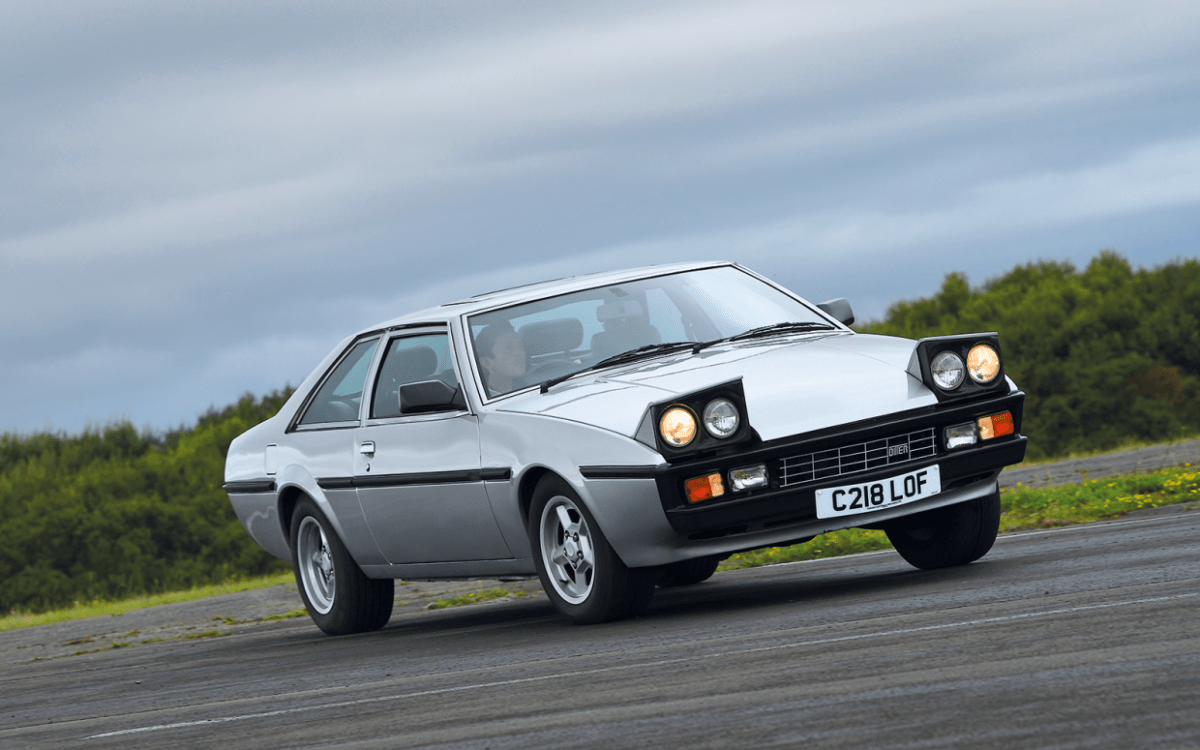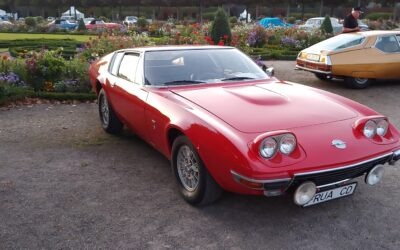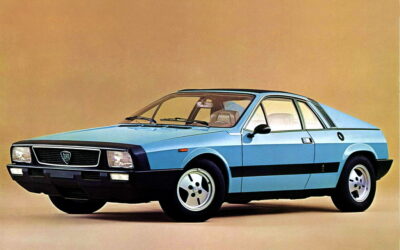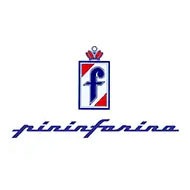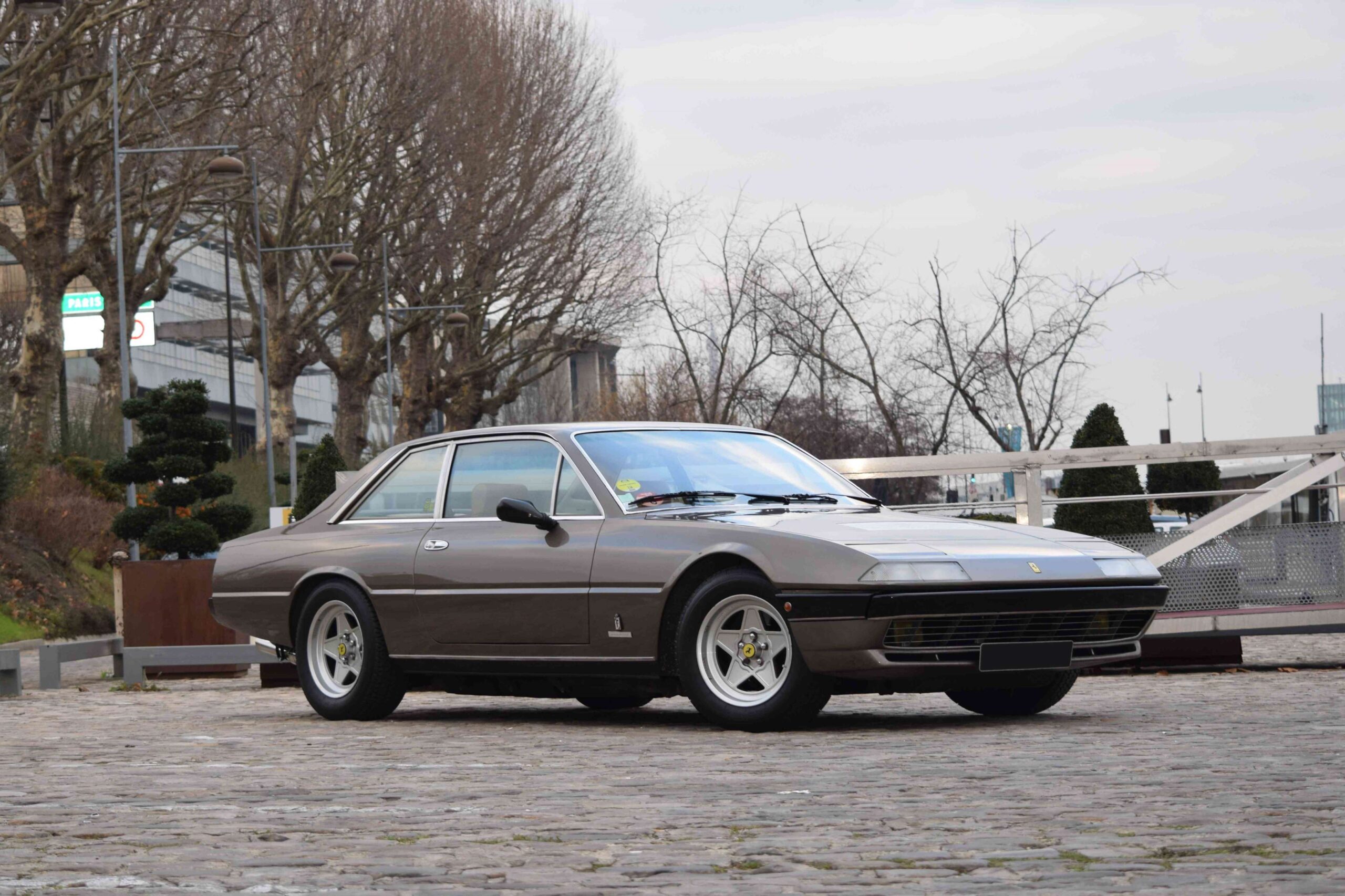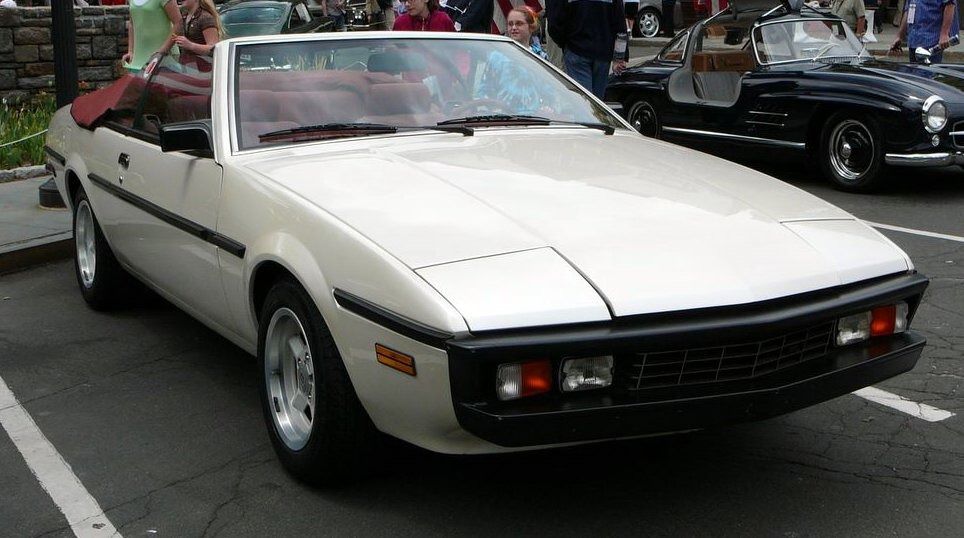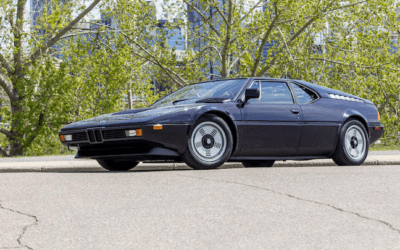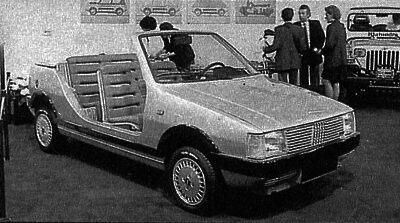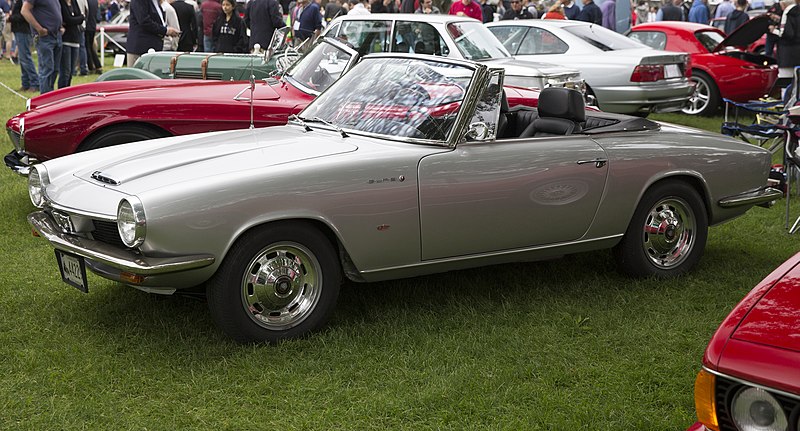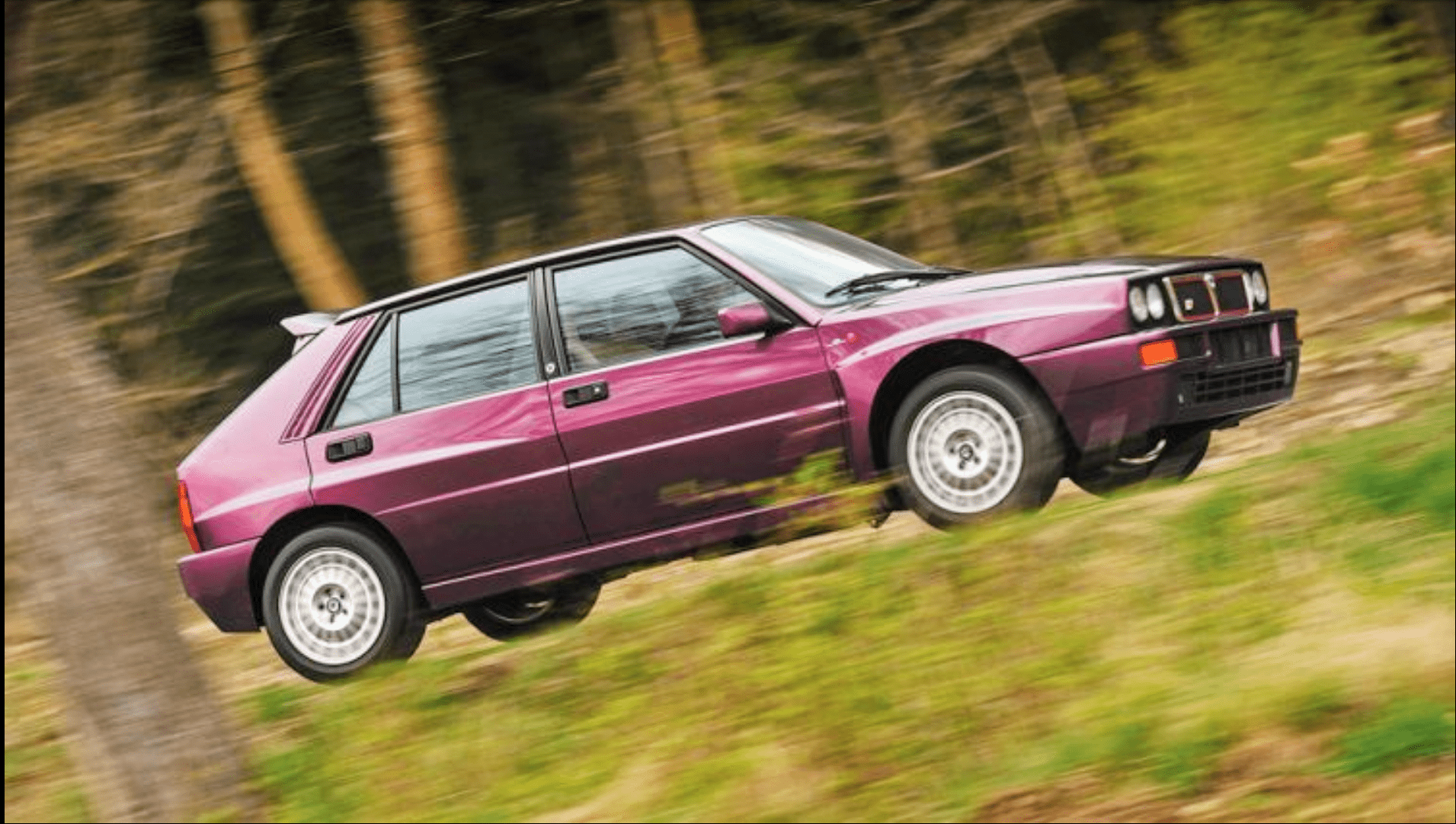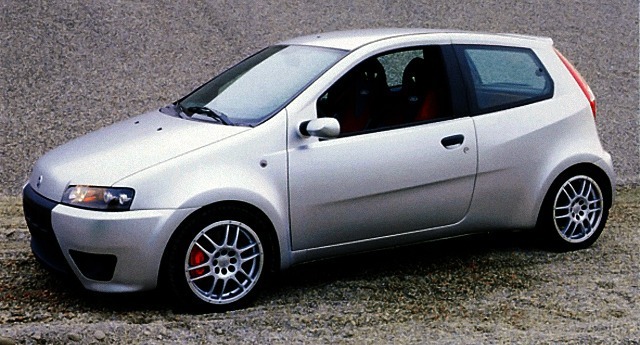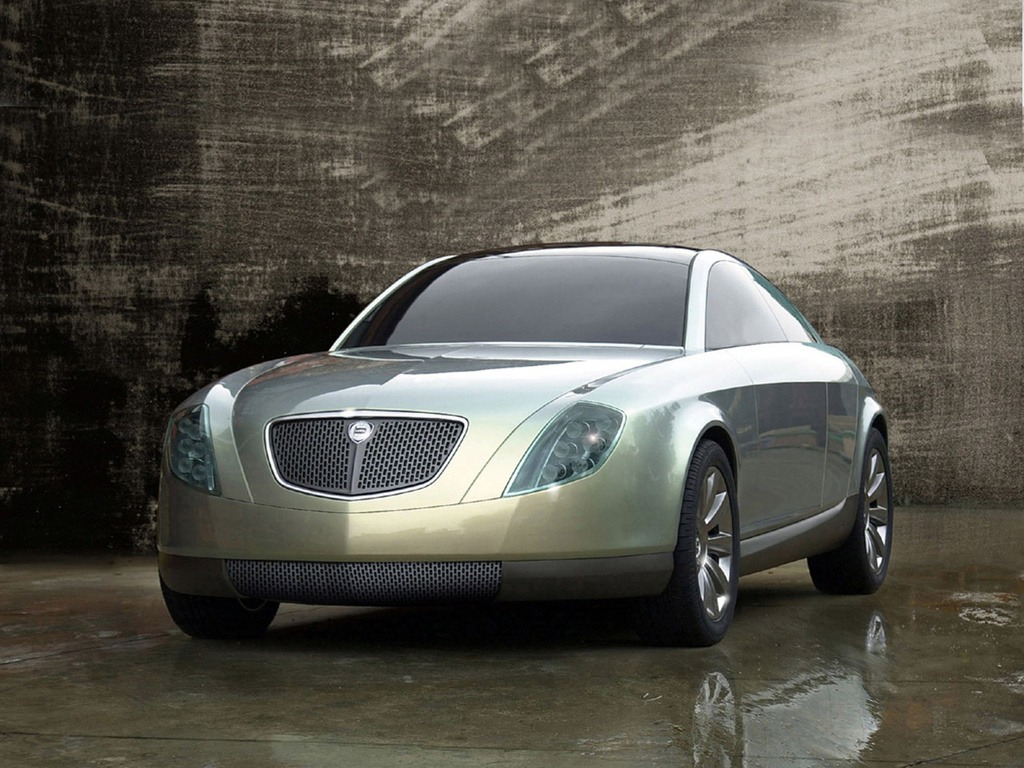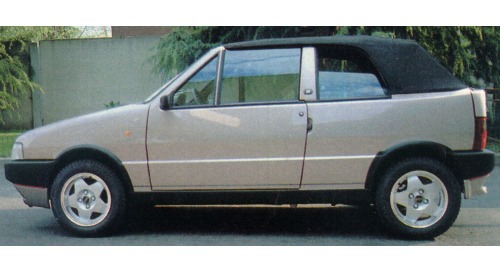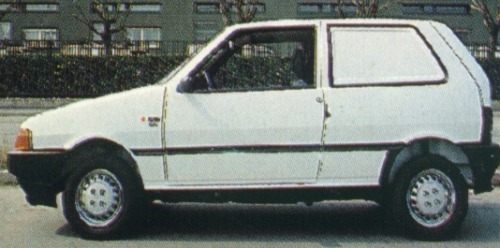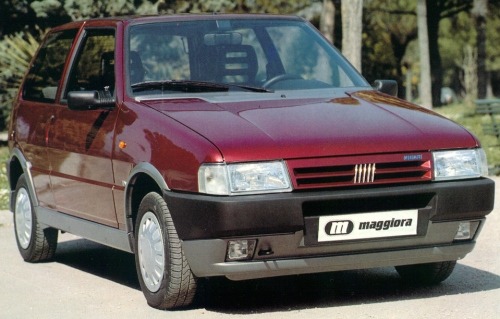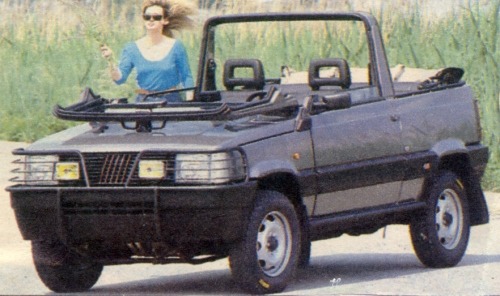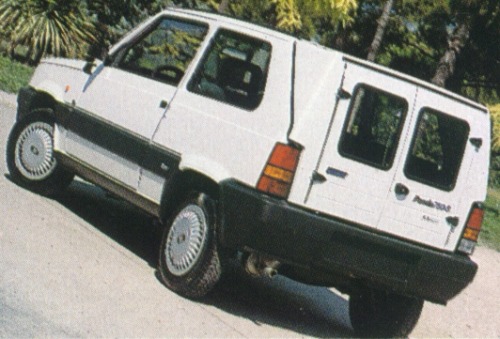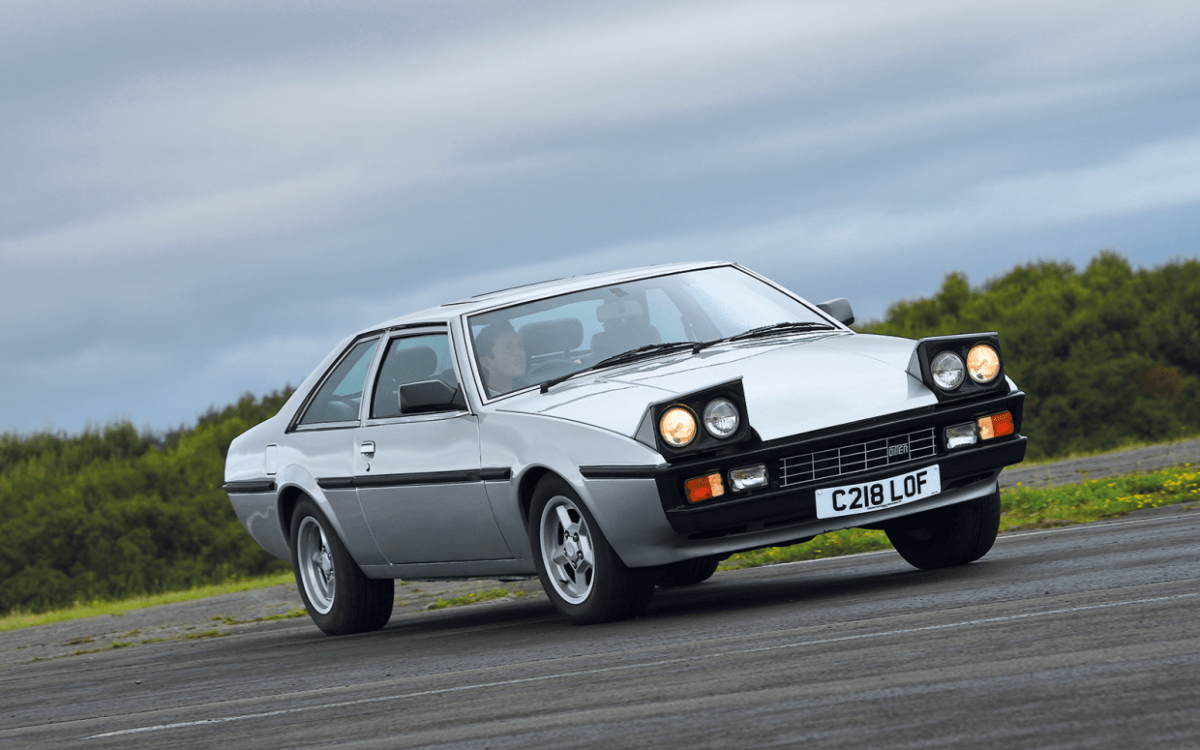
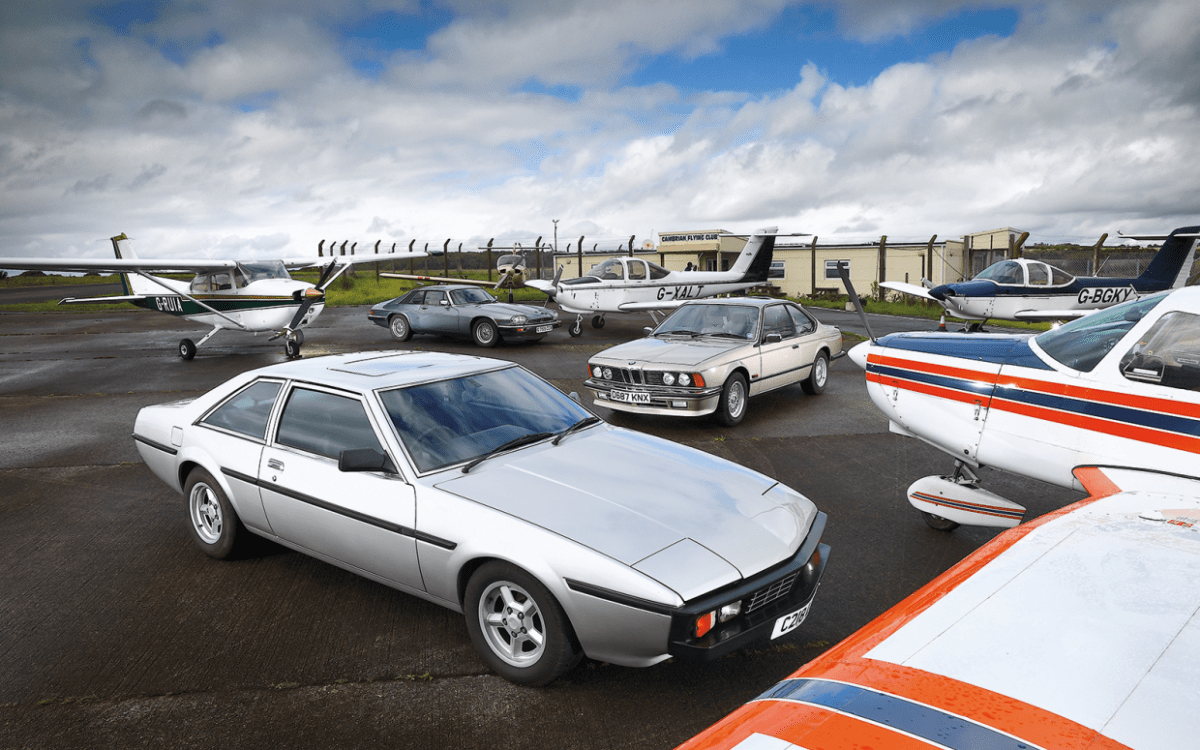
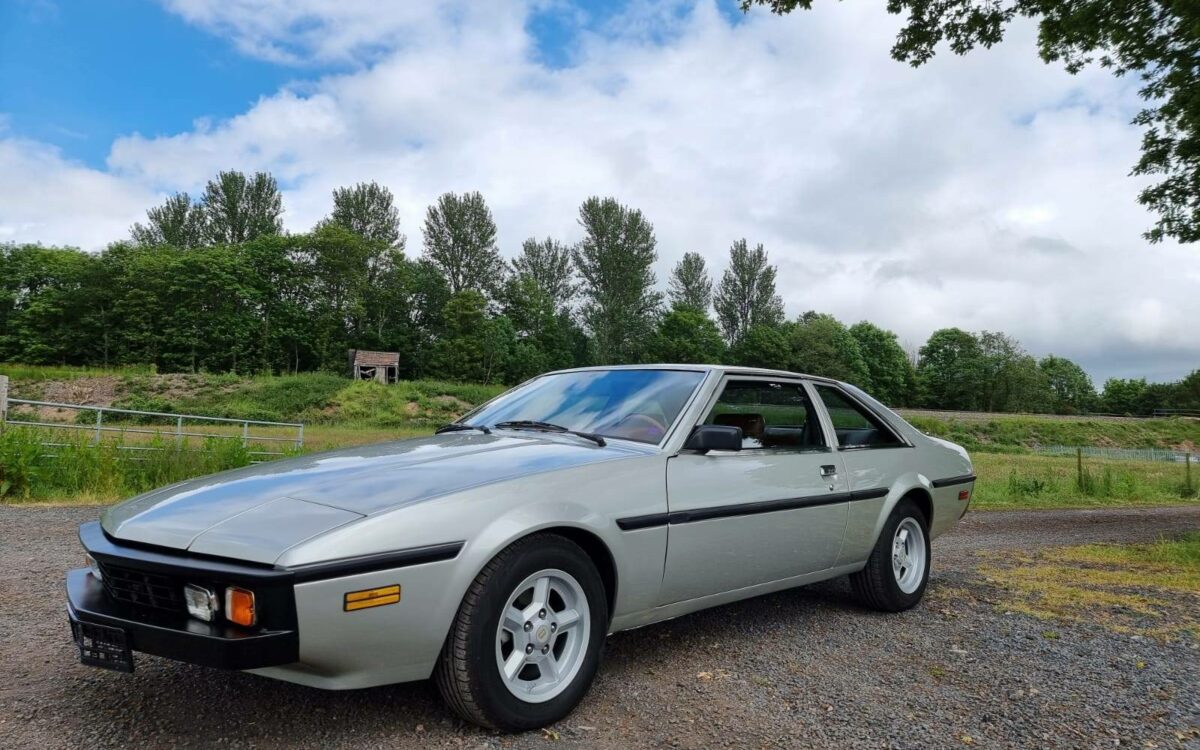
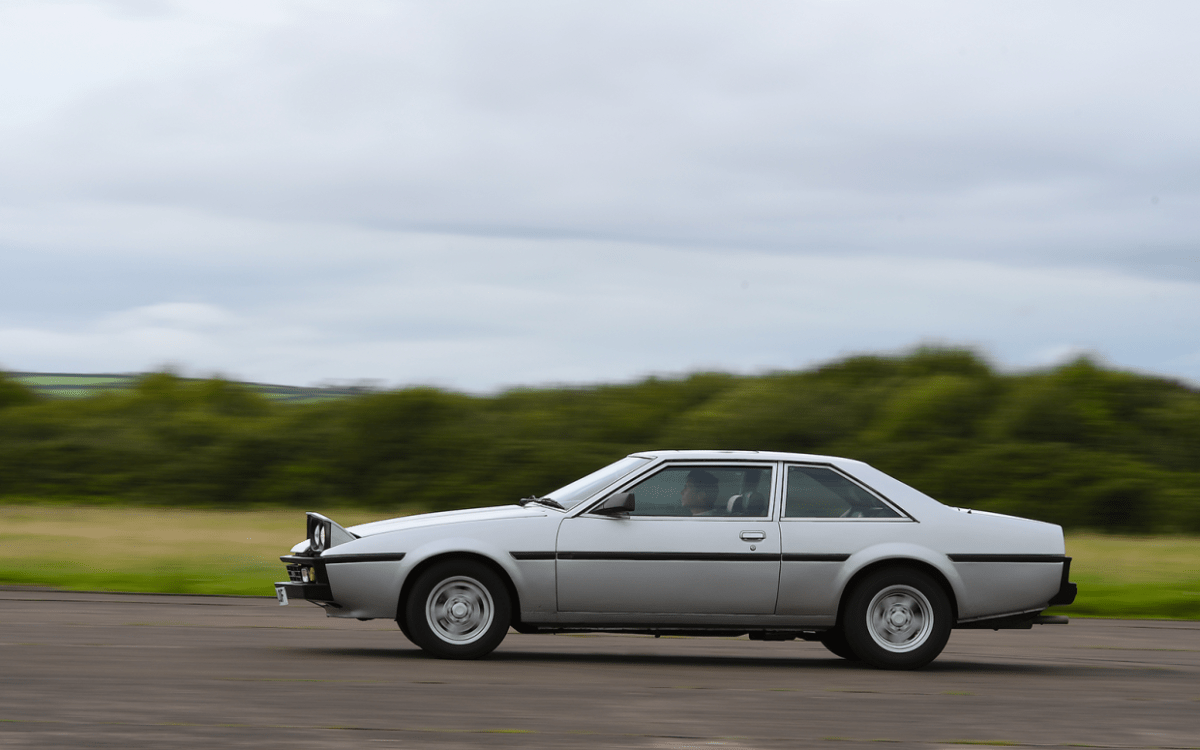
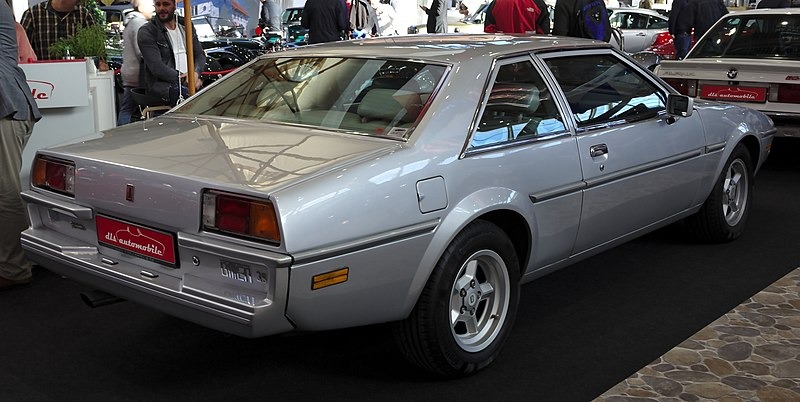
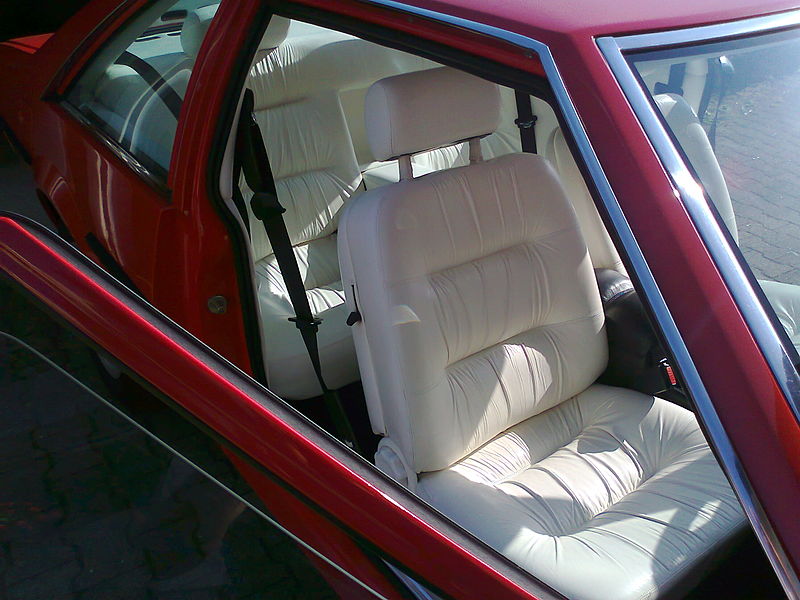
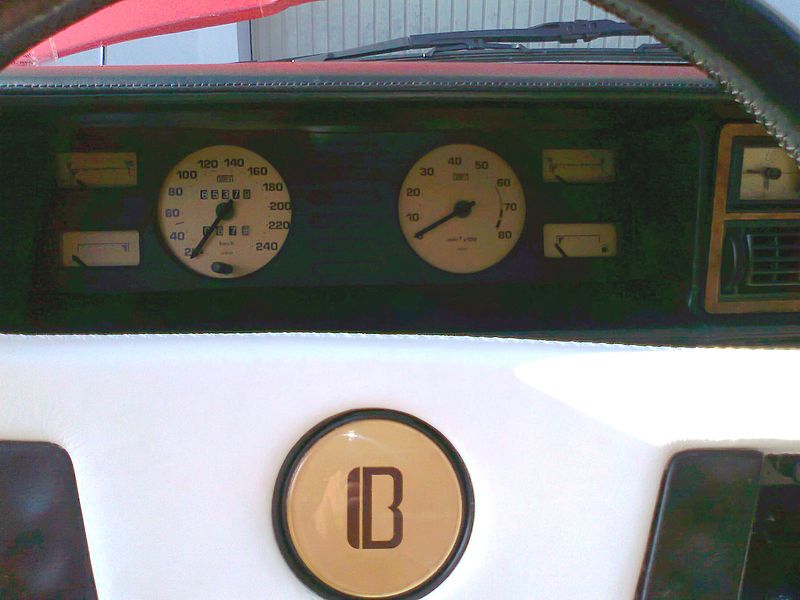
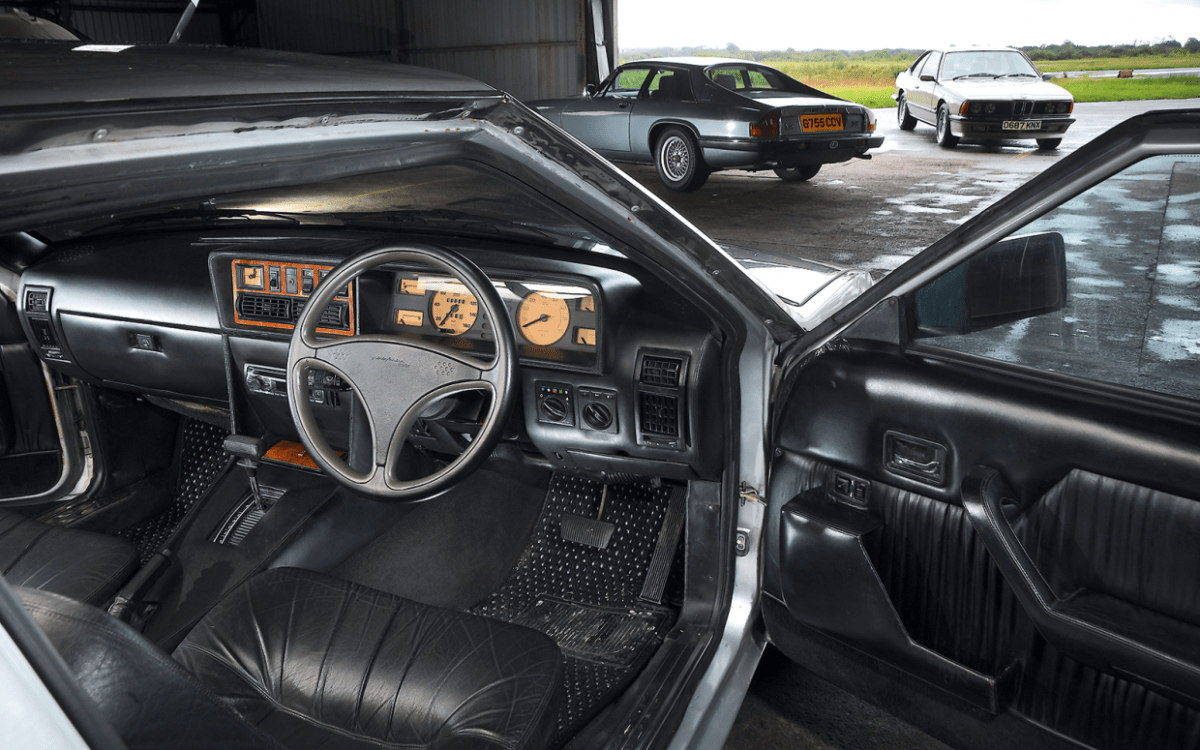
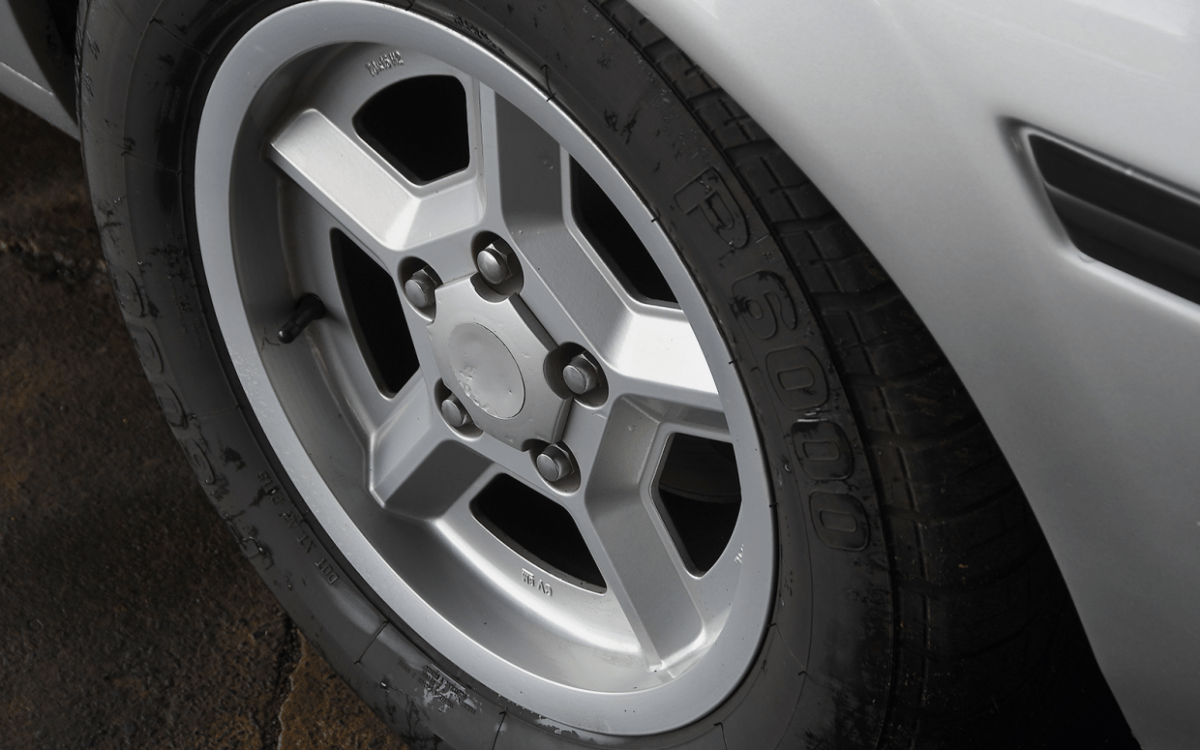
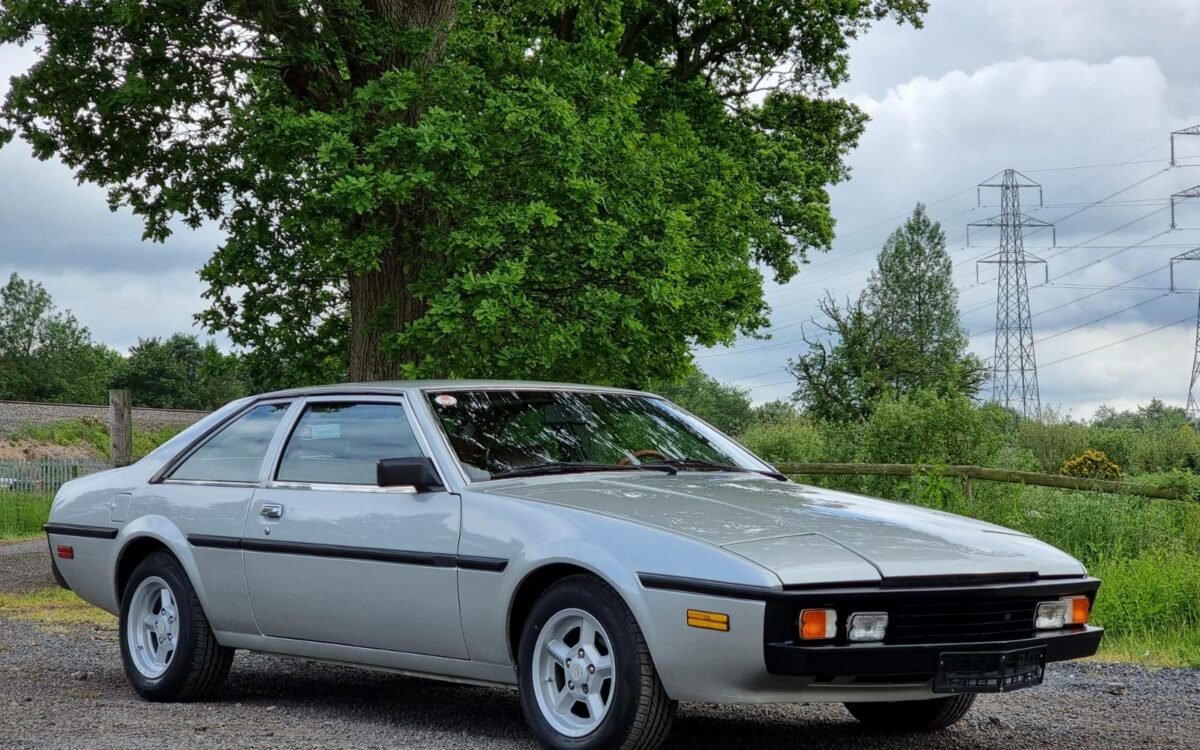










Bitter SC Coupé
The Bitter SC Coupé was a Ferrari 400 copy assembled in Italy.
Vehicle Overview
The Bitter SC emerged as the successor to the Bitter CD, marking the second car model from the German manufacturer Bitter. Sharing its roots with Opel chassis, the SC made its official debut in the spring of 1980 at the Formula 1 Grand Prix in Monaco, where it served as the safety car. Continuing the tradition of its predecessor, Erich Bitter initially envisioned only a coupe variant for the SC. The design of the SC’s body underwent a meticulous evolution, with Erich Bitter initially shaping its contours. Unlike its predecessor, the SC adopted a notchback design, featuring a pronounced trapezoidal line reminiscent of the elegant aesthetics of the Ferrari 400 by Pininfarina. The inclusion of pop-up headlights further accentuated its refined appearance. Opel designers Henry Haga and Georges Gallion refined Bitter’s original design, while the intricate detailing was entrusted to Giovanni Michelotti in Turin. While the SC incorporated numerous Opel parts, its exterior seamlessly masked its origins. Components such as lights and door handles were sourced from various manufacturers, with rear lights borrowed from the Lancia Beta Montecarlo (and not, as many suspected, from the Fiat X1 / 9) and front light units from the Ferrari Mondial. Production of the SC followed a similar pattern to its predecessor, with the bodywork largely outsourced. Initially, Baur manufactured the bodies for the CD, but the company’s commitments to BMW’s M1 project left no room for the SC. Consequently, production shifted to OCRA in Turin, which, despite its limited experience, produced 79 bodies between 1981 and 1982. However, the quality of these bodies was subpar, leading to issues such as rust due to recycled sheet metal. Subsequently, production moved to Carrozzeria Maggiora, a well-established company with a reputation for excellence, and even to Zagato for some units. Interior leather was sourced from SALT in Turin. By the end of 1983, the final assembly of the vehicles took place at Bitter’s facilities in Schwelm. However, the limited capacity of the plant meant that production was slow, with only one car completed per week on average. Despite its challenges, the Bitter SC stood as a testament to Erich Bitter’s vision of blending German engineering with Italian flair. Its distinctive design and performance characteristics cemented its place in automotive history, representing a unique chapter in the annals of automotive manufacturing.
Technical Specifications
-
Body
-
Year1980
-
MakeBitter
-
ModelSC Coupé
-
CoachbuilderMaggiora
-
Length (mm)N/A
-
Width (mm)N/A
-
Height (mm)N/A
-
Units builtN/A
-
Engine TypeN/A
-
DesignerHenry Haga
-
MakeN/A
-
ModelN/A
-
Cylinder CapacityN/A
-
Number Of DoorsN/A
-
Six Month RateN/A
-
Twelve Month RateN/A
-
Date Of First RegistrationN/A
-
Year Of ManufactureN/A
-
CO2 EmissionsN/A
-
Fuel TypeN/A
-
Tax StatusN/A
-
TransmissionN/A
-
ColourN/A
-
Type ApprovalN/A
-
Wheel PlanN/A
-
Revenue WeightN/A
-
Tax DetailsN/A
-
Mot DetailsN/A
-
TaxedN/A
-
motN/A
-
MakeN/A
-
Cylinder CapacityN/A
-
RegistrationN/A
-
Year Of ManufactureN/A
-
CO2 MissionsN/A
-
Fuel TypeN/A
-
Tax StatusN/A
-
ColourN/A
-
Type ApprovalN/A
-
Wheel PlanN/A
-
Revenue WeightN/A
Events
RELATED VEHICLES
More vehicles by Maggiora
Coachbuilder
Missing or wrong informations?
Carrozzieri-Italiani.com relies on thousend of users who help to populate the database. We do not guarantee the accuracy of the informations. Contact us if you want to contribute.

